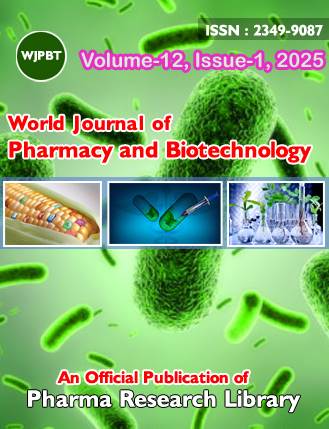Formulation, Development and Evaluation of Topical Tazorotene Liposomal Gel for the Management of Acne
Keywords:
Tazarotene, Hydroquinone, Liposome, Gel, Topical Drug DeliveryAbstract
The objective of the present study was to statistically optimize liposomal formulations to enhance the dermal delivery of the model drug tazarotene in combination with a hydroquinone-based gel. A 2³ factorial design was employed to identify and evaluate significant formulation and process parameters influencing liposome development. Optimization batches (TL1 to TL8) were prepared via the lipid film hydration technique using varying concentrations of lecithin and cholesterol, and different stirring speeds (100 and 200 rpm). The resulting formulations were evaluated for vesicle morphology, particle size, and entrapment efficiency using transmission electron microscopy (TEM). The optimized liposomal formulation, TL6, was further incorporated into gels containing hydroquinone. Three gel formulations (LF1, LF2, and LF3) were prepared using varying concentrations of carbopol (0.5%, 1.0%, and 2%). The optimized tazarotene-hydroquinone gel formulation (1% carbopol) was characterized for pH, spreadability, viscosity (cps), and in vitro drug release. TL6 demonstrated the highest drug entrapment efficiency, with a vesicle size of 180.4 nm and an entrapment efficiency of 69.10%. In vitro diffusion studies showed drug release from the liposomal gel and a marketed conventional gel to be 98.12% and 98.58%, respectively. The findings suggest that the liposomal gel containing tazarotene and hydroquinone holds promise as an effective system for topical drug delivery.
Downloads
Published
Issue
Section
License
Copyright (c) 2025 Author

This work is licensed under a Creative Commons Attribution-NonCommercial 4.0 International License.

